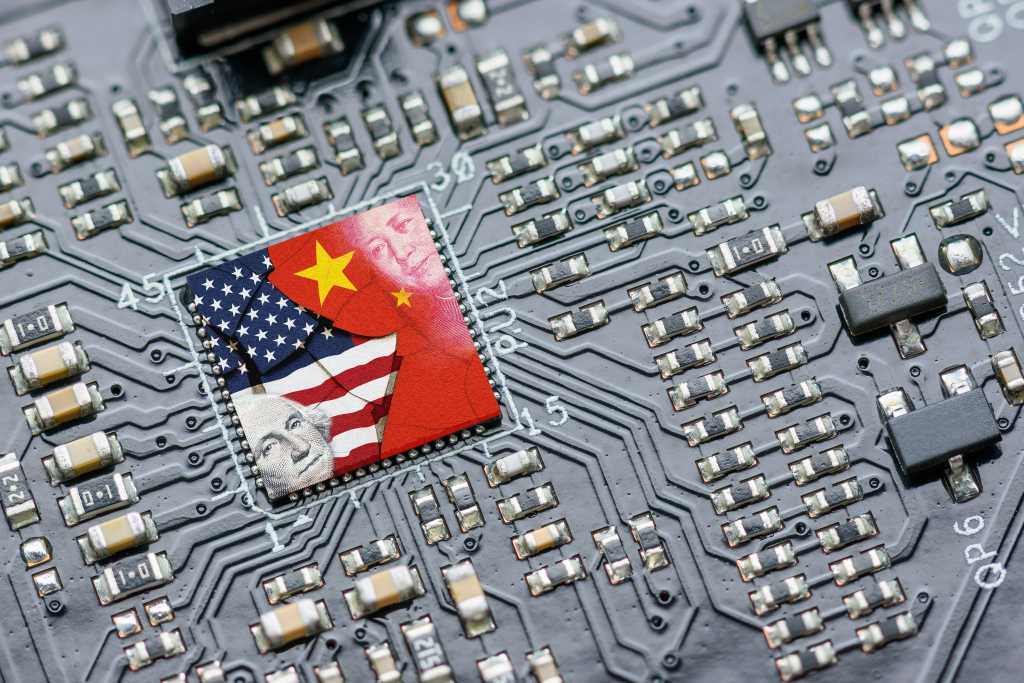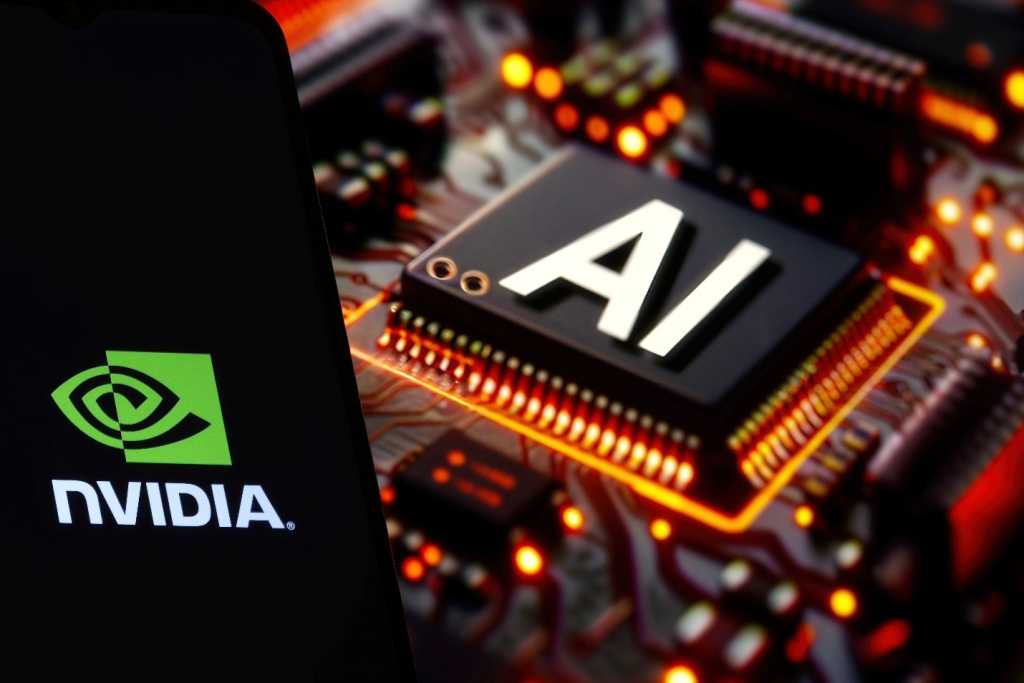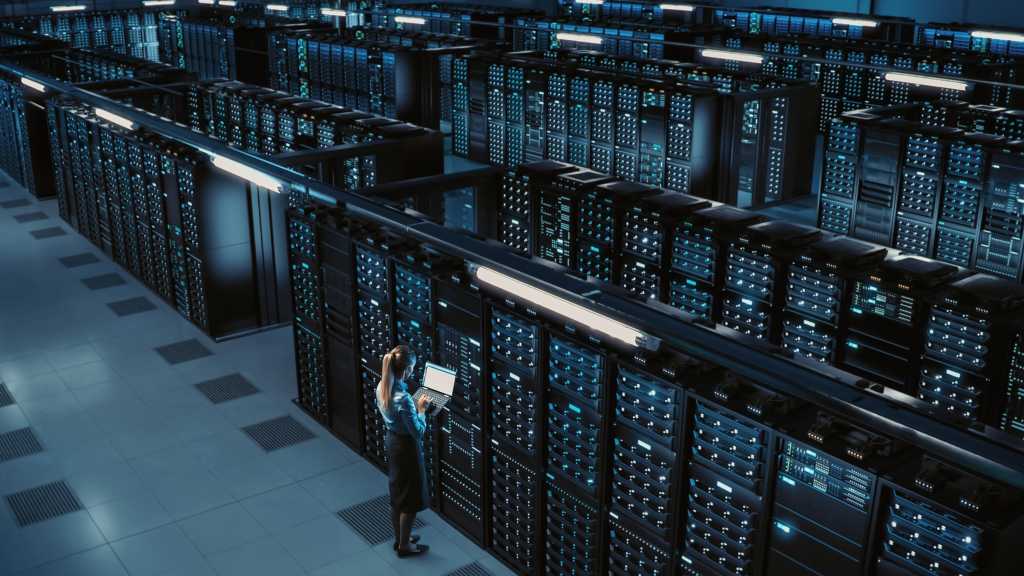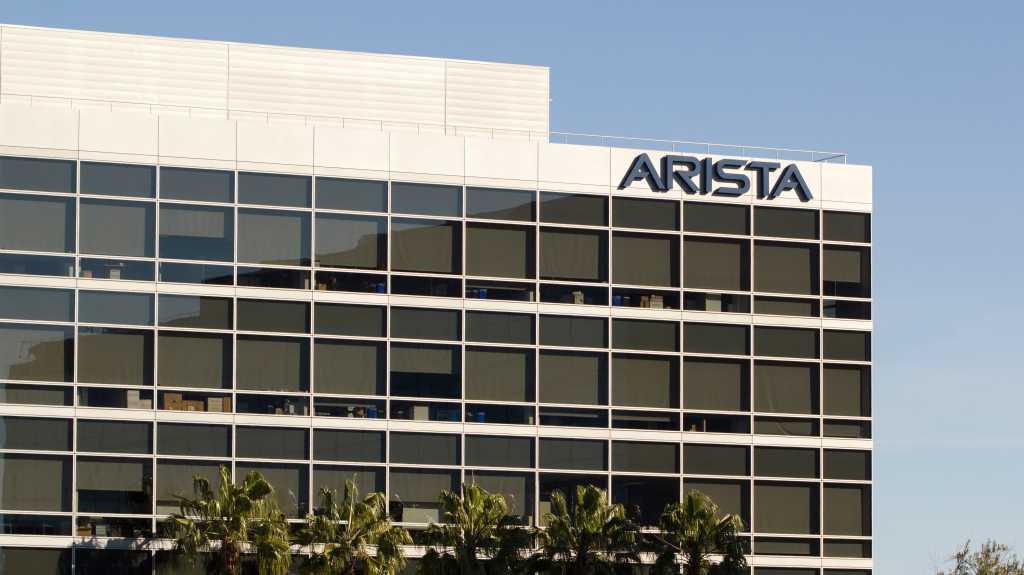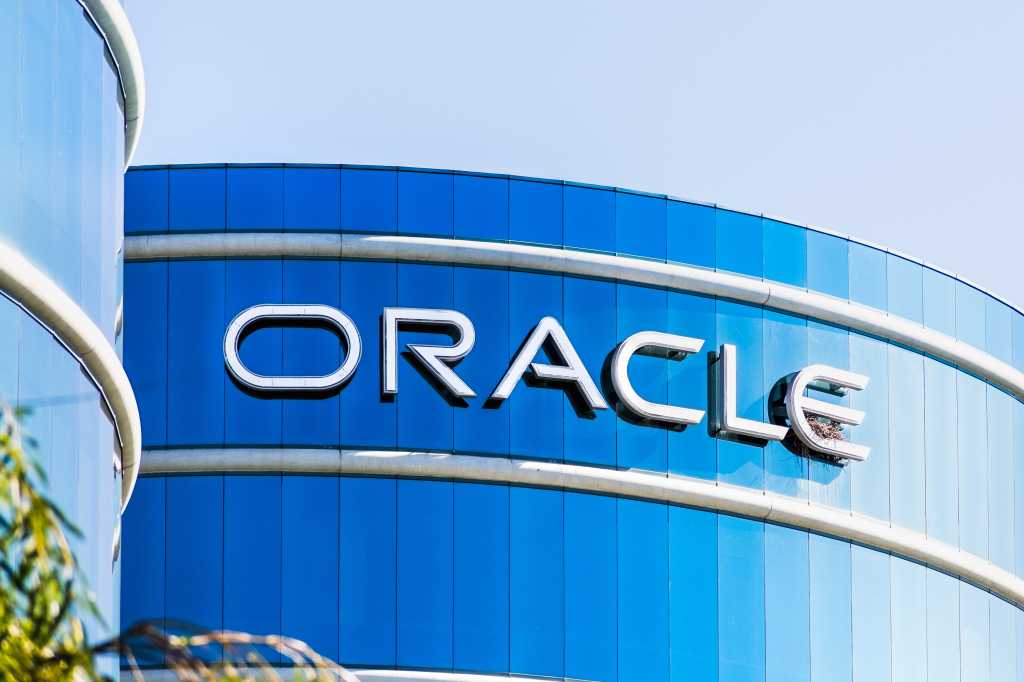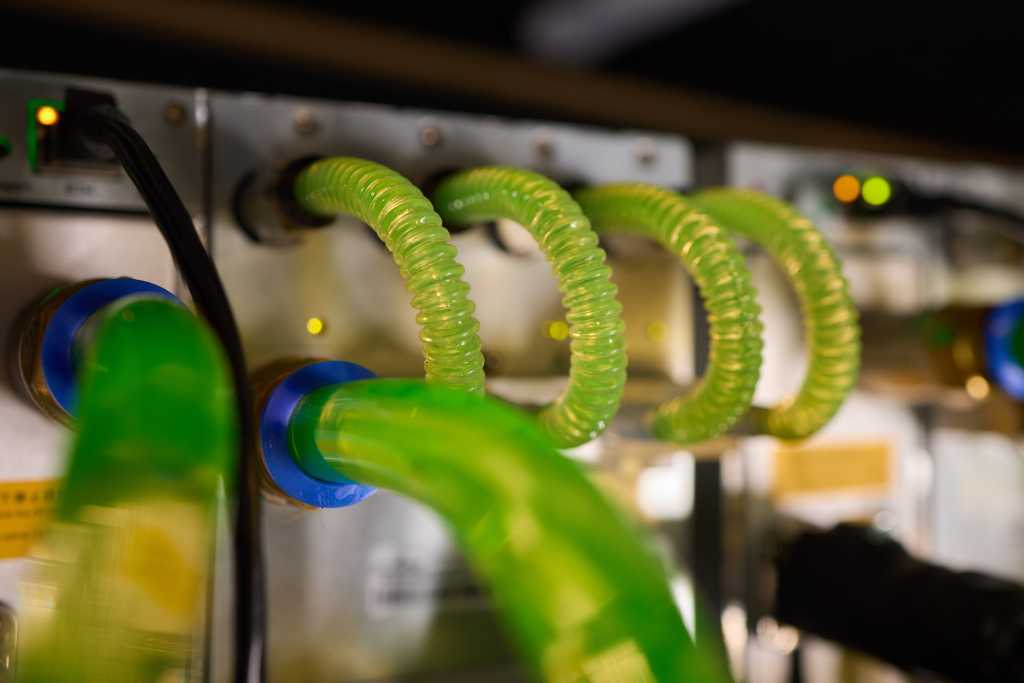
Recorded last December, for this episode of the Data Center Frontier Show Podcast, DCF Editor in Chief Matt Vincent spoke with Vantage Data Centers‘ North American President Dana Adams,
and Kaitlin Monaghan, Vantage Data Centers’ North American Public Policy Director.
As president of Vantage Data Centers’ North America business, Dana Adams oversees market development, sales, construction and operations across the United States and Canada. With nearly 18 years of experience in the data center sector, Adams has a track record of successfully leading high-growth companies and diverse teams at scale.
Prior to joining Vantage, Adams was the Chief Operating Officer for AirTrunk, the hyperscale data center giant serving the Asia-Pacific region. She was responsible for scaling operations, service delivery and customer success from one to five countries and established other critical business capabilities, including award-winning people, culture and sustainability programs, as the company grew from $3 to $10 billion.
Earlier in her career, Adams served as vice president and general manager at Iron Mountain where she helped drive nearly $2 billion in growth through global acquisitions and development projects. In addition, she held several leadership positions at Digital Realty, including vice president of portfolio management, where she oversaw $3 billion in data center assets.
Considered to be one of the most influential female executives in the industry, Adams was recognized by Data Economy on its power women list in 2019. She was a finalist in the 2020 and 2022 PTC awards as an outstanding female executive, an Infrastructure Masons (IM) 2022 award recipient and was recently featured by InterGlobix Magazine as an Inspiring Woman in Leadership. Adams earned a bachelor’s degree from Boston College and a Master of Business Administration from Simmons University.
Kaitlin Monaghan serves as the Director of Public Policy, North America, for Vantage Data Centers. In this role, she is responsible for leading a public policy program to support the company’s North American business. Monaghan partners with site selection, sustainability, tax, legal, energy and construction stakeholders to develop and advocate for Vantage’s position on a multitude of issues in current and future markets.
Prior to joining Vantage, Monaghan held public policy roles at Rivian Automotive and the American Clean Power Association where she managed legislative, regulatory and economic development matters at all levels of government. She also serves as Energy and Environment Co-Chair for the Data Center Coalition (DCC). A Florida native, she is a graduate of the University of Florida with a B.S. in Environmental Science and has a law degree from Florida State University College of Law with a concentration in Energy Law.
Podcast
Talk on the podcast kicks off with a framing of Vantage Data Centers’ recently announced $2 billion investment in a new data center campus in New Albany, Ohio in the environs of Tier 2 industry hotspot Columbus, focusing on sustainability and efficiency. The discussion touches on how the Ohio market is becoming increasingly relevant for data centers due to strong connectivity and power availability, with most major hyperscalers already investing in the region.
Along the way, we learn how Vantage’s new campus in New Albany will utilize a sustainable design aimed at achieving LEED Silver certification, emphasizing low power usage effectiveness (PUE) and waterless cooling systems. The discussion also examines how partnerships with local organizations, such as the New Albany Community Foundation and Columbus State Community College Foundation, will support workforce development and community engagement.
Vantage’s Adams and Monaghan also speak on how continued collaboration with utilities and policymakers is essential to address power generation challenges while supporting future data center industry growth in North America.
Here’s a timeline of the interview’s key moments:
- Dana Adams shares insights on how her experience as COO of Air Trunk in Sydney informs her current role, focusing on scaling hyperscale data centers in North America. 1:36
- Kaitlin Monaghan discusses her background in energy law and highlights her focus on renewable energy policy. 3:57
- Investment trends in Ohio’s data center market are discussed. Connectivity and power availability are identified as key factors. 7:11
- The forthcoming OH1 data center campus is discussed. It will cover 70 acres and focus on sustainability. 9:57
- The 200 megawatt campus will be built in phases. The first phase is set to open in late 2025. 10:37
- Sustainable design principles are emphasized in the project. The design aims for low power usage effectiveness and minimal water usage. 11:31
- Innovations in Ohio are discussed. The focus is on signal innovations for deployment. 13:00
- Sustainable fuels integration is highlighted. Collaboration across the industry is emphasized to increase demand. 13:30
- Challenges with new chip designs are addressed. Maximizing efficiency with GPUs in data centers is a key concern. 14:01
- Partnerships with local organizations are discussed. Workforce development is emphasized as a key focus. 14:48
- The importance of community engagement is highlighted. Vantage’s long-term commitment to local hiring is noted. 15:19
- Trends in workforce development within the data center industry are analyzed. The significance of workforce as a pillar of sustainability is mentioned. 16:43
- Insights into Vantage Data Centers’ growth are shared. Anticipation for 2025 includes a focus on infrastructure and workforce needs. 17:49
- Challenges in power generation and transmission are addressed. Engagement with utilities and policymakers is emphasized for future growth. 19:54
DCF Show Podcast Quotes from Dana Adams, Vantage Data Centers – North American President
On How AI Demand Is Driving North America’s Data Center Growth
Dana Adams:
“I joined Vantage in February of [2024], and prior to this role, I was the Chief Operating Officer for AirTrunk, based over in Sydney, Australia. This year really saw the opportunity shifting back to North America, where AI demand is driving incredible growth of our industry in the North American markets.”
On How Ohio Became a Key Overflow Market for Ashburn’s Constraints
Dana Adams:
“Ohio has really become an overflow market from Ashburn. As Ashburn has become so constrained over the last few years, we’ve seen a lot more investment moving into other markets, but in particular into Columbus, Ohio. As with all data center investment, it’s driven by a couple of common factors: availability of power in the Ohio region, strong connectivity running through Columbus connecting Ashburn, Chicago, and other core markets, and public announcements from major hyperscalers like Google, AWS, Meta, and Microsoft.”
On How Vantage Is Building a 200 MW Data Center Campus in New Albany
Dana Adams:
“This is about a 200-megawatt campus that we’ll be building [in New Albany] across one and a half million square feet. We’ll build in phases—three data centers on the campus—on a pretty aggressive schedule, with the first phase opening in late 2025 and then continuing the build from there.”
On How Vantage Is Advancing Sustainable Fuel Adoption in Data Centers
Dana Adams:
“The New Albany campus is really no exception to what we’re doing across all of our other markets. One thing that we have been working on is ways to drive more collaboration across the industry to increase demand for sustainable fuels so that we can build a more sustainable supply chain and use that more broadly. We are looking at more ways to integrate HVO and sustainable fuels into the portfolio.”
On How Vantage’s One Design Optimizes Efficiency for AI-Ready Data Centers
Dana Adams:
“The core really comes back to Vantage’s One Design. We are very focused on driving as low as possible of a PUE in our design. We also are very focused on minimizing water usage. We have a waterless design that we deploy, and our design is AI-ready so we can support liquid-to-liquid and higher densification.”
On How Data Centers Are Adapting to New GPU and Chip Design Challenges
Dana Adams:
“The challenge that our customers are navigating right now is how do we integrate the new chip designs into our data centers, and how do we design and operate the infrastructure in a way to really maximize efficiency with those GPUs and chips that we’re supporting now in the data center?”
On How Power Generation Constraints Are Impacting Data Center Expansion
Dana Adams:
“In particular, on the power generation side, this is where we have the most challenges as an industry. I think everyone’s very aware of the constraints that we face across North America from a power generation and transmission perspective.”
On How Vantage Is Partnering to Strengthen Infrastructure for AI Growth
Dana Adams:
“A huge focus for us going into the year will be ongoing engagement with the utilities, with IPPs, with policymakers, and regulatory bodies—who are all coming together to figure out how we can solve for this challenge of upgrading our country’s infrastructure and supporting technology and AI growth.”
DCF Show Podcast Quotes from Kaitlin Monaghan, Vantage Data Centers – North American Public Policy Director
On How a Background in Energy Law Shaped a Career in Data Center Policy
Kaitlin Monaghan:
“I am a lawyer by trade. My focus in law school was on energy law. I did some utility regulatory work briefly, some state-level government affairs in Florida. But I really started my career in 2013 working on energy policy in Washington, D.C. for the renewable energy industry.”
On How Renewable Energy Policies Drive Industry Growth and Transition
Kaitlin Monaghan:
“During my time in the renewables industry, our focus was really to drive demand for the industry by policies that would drive retirements of older, dirtier assets, create mandates for renewables, and incentives for renewables, because at that time, load growth was completely flat in the United States.”
On How the Data Center Industry Is Leading in Load Growth and Renewables
Kaitlin Monaghan:
“I think it’s a really exciting time for the industry where, as an industry, we’re driving unprecedented load growth and still leading renewable energy purchases globally.”
On How Ohio Is Positioning Data Centers as an Economic Growth Driver
Kaitlin Monaghan:
“The state [of Ohio] really sees the data center industry and economic development surrounding digital infrastructure as an opportunity. So they’ve done a really good job of attracting businesses like ours.”
On How Strategic Partnerships Helped Vantage DC Establish a Midwest Presence
Kaitlin Monaghan:
“We worked in partnership with One Columbus, with Jobs Ohio, and state leaders to really launch our footprint in Ohio, which has brought us to the Midwest.”
On How Vantage DC Embeds Community Engagement Into Its Long-Term Strategy
Kaitlin Monaghan:
“Community engagement is really at the core of what Vantage does. We develop, own, and operate these data center spaces, but we’re not just a developer. When we enter a community, we hire people locally, we have employees move from other locations, and we’re really there for the long term. We see workforce development as being really core to the continued success of our business and our ability to attract new talent. ”

